Wind blowing good past few days, if you want to know more about F3F and try out, do some practice, we will hold a fun race this Sat 25 Jan at BR , pending weather conditions. Will update here on Friday if race is still on.
I will bring timer, 9am briefing, 9.30am starts, we will try to run as many rds as we can before the crowd comes, any slope models is welcomed to join in the fun.
BR F3F record is currently 56.32s held by Francis , lets see if who can beat it this sat.
I will bring timer, 9am briefing, 9.30am starts, we will try to run as many rds as we can before the crowd comes, any slope models is welcomed to join in the fun.
BR F3F record is currently 56.32s held by Francis , lets see if who can beat it this sat.






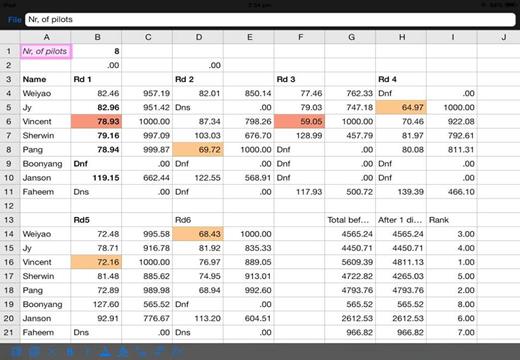
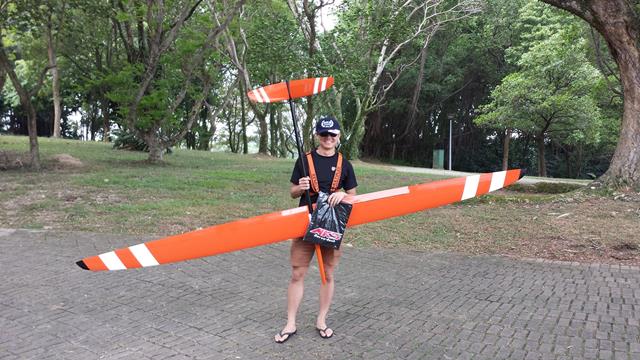
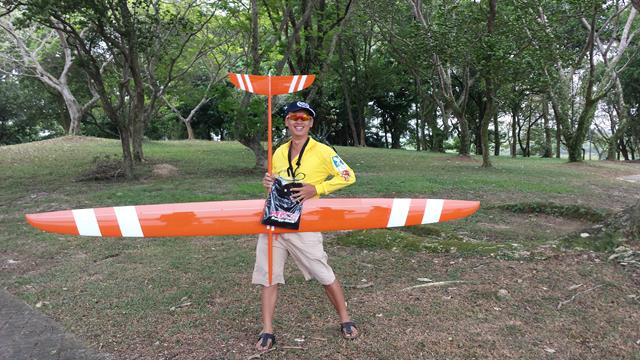
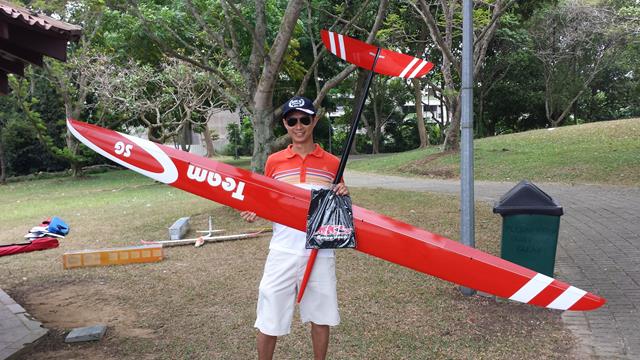




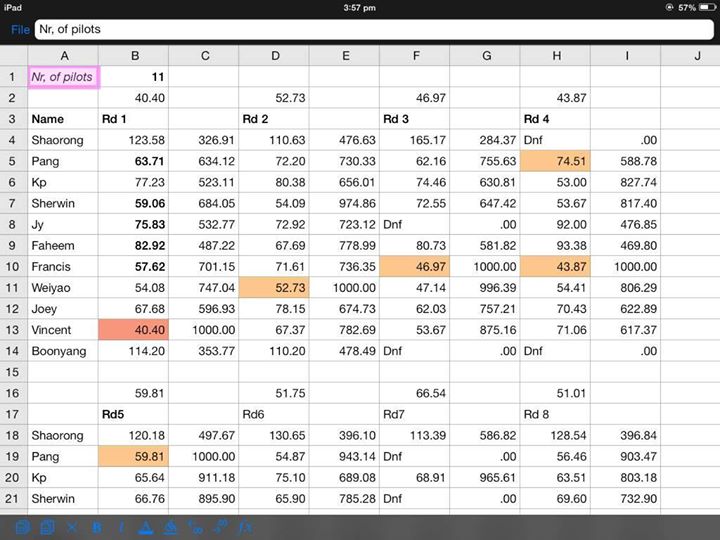

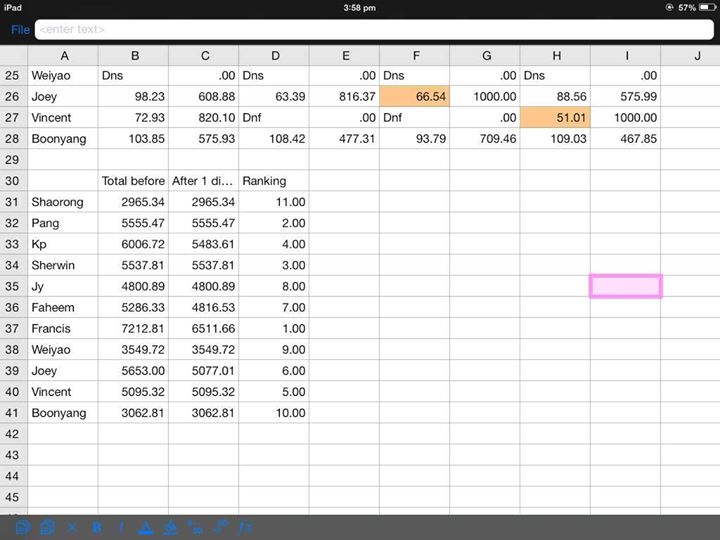
Comment